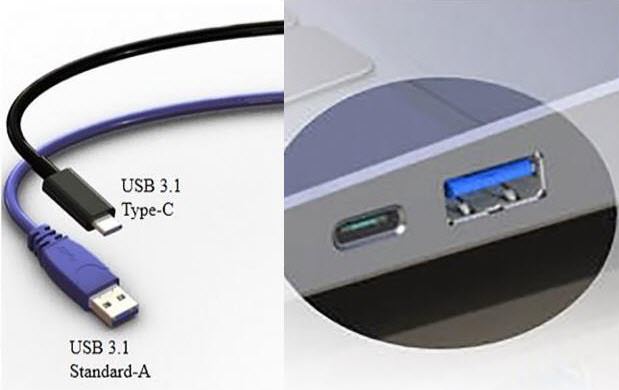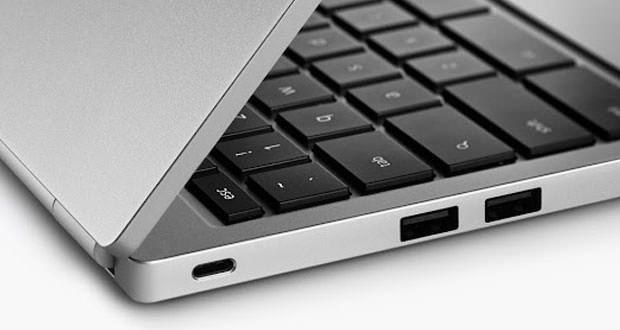The Type-C interface diffusion on mobile devices is occurring at a rapid pace, but it is not said for notebooks; some limitations they will dampen the spread until 2017, with the head in the production costs.
The USB Type-C interface is experiencing a certain spread between the mobile device manufacturers, tablets and smartphones. Most products still depends on the traditional standard USB, mini-USB connectors for data transfer and battery charging, but it is clear that the Type-C interface allows to benefit from a number of practical advantages.
The first, and certainly more appreciated by users, it is not to depend on a specific direction of insertion: the connector can then be mounted in one of the two sides at will without having to align from the right towards the cable. The second is the ability to provide such devices a higher power than the conventional USB standard, to all advantage, for example of the times of recharging the batteries.
We will see a spread of connections USB Type-C even in the notebook? Yes, but not as soon as might be expected. Apple was the first to adopt this technology in some of its products, and other companies have followed, such as Samsung with its 2-in-1 and Huawei for the mirror model. Considerations related to production costs, taken from Digitimes in this article, do believe that the spread of this standard in notebooks will not happen so quickly.
 The ability of this interface to provide a higher than the traditional USB connection current quantity may create interference problems of systems in notebooks and heat dissipation when multiple connection interfaces are implemented.
The ability of this interface to provide a higher than the traditional USB connection current quantity may create interference problems of systems in notebooks and heat dissipation when multiple connection interfaces are implemented.
The high speed of transmission of the USB Type-C devices, also requires from the manufacturer the use of a series of additional components in the design of the notebook that negatively affects the cost of production.
Surely we will see from next year an increasing number of notebooks with USB Type-C interface integrated onboard, but before it can become mainstream will need to wait additional time. In the meantime, we believe that manufacturers should approach this standard trying to avoid unwelcome users limitations, such as the decision to include a single connection port in their devices with which to manage a connection to accessory devices in addition to battery charging.

